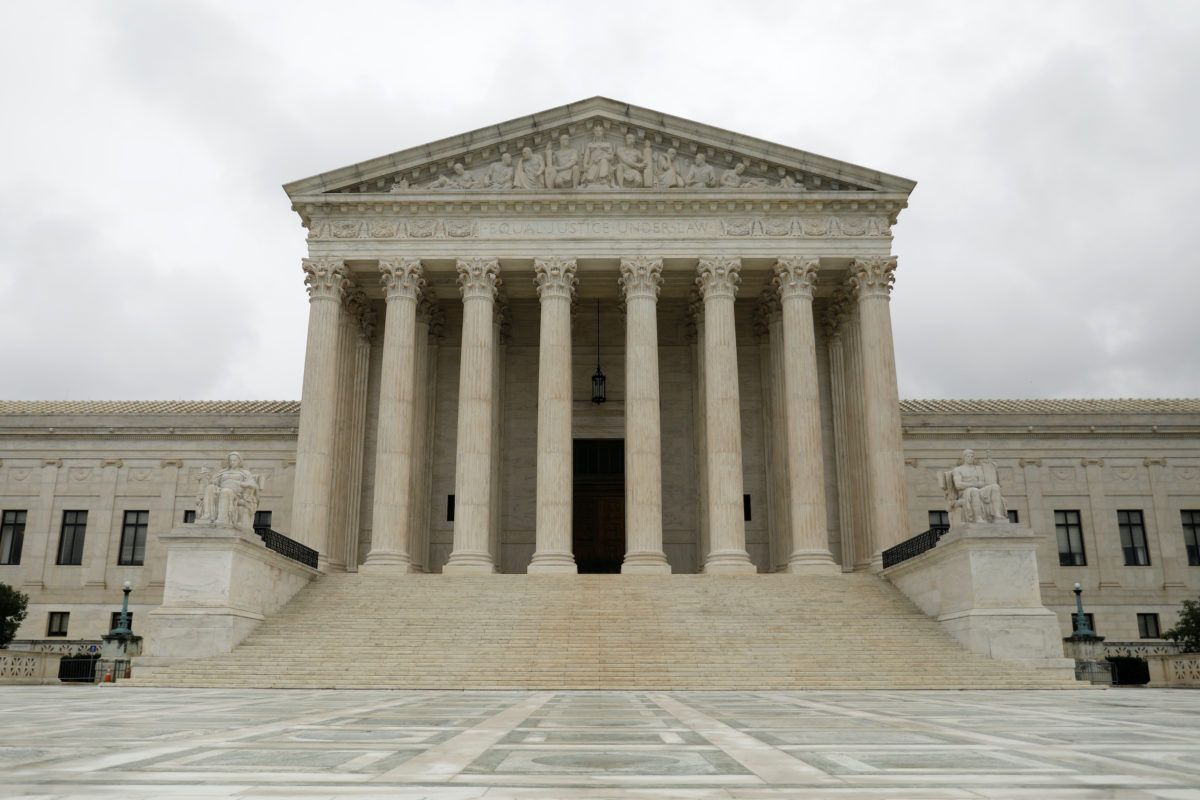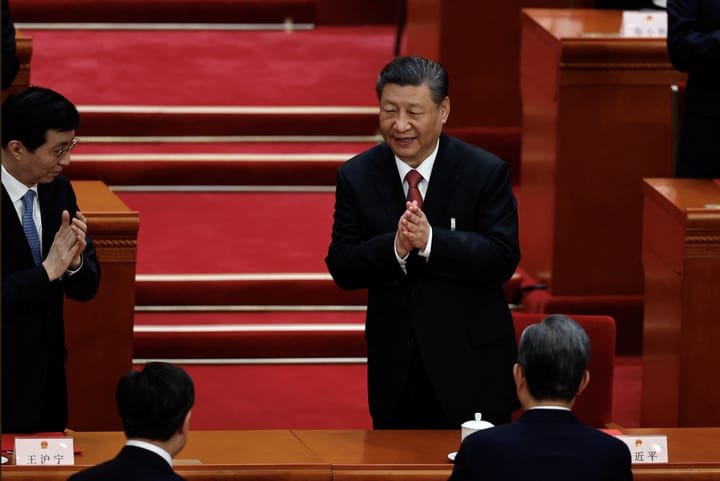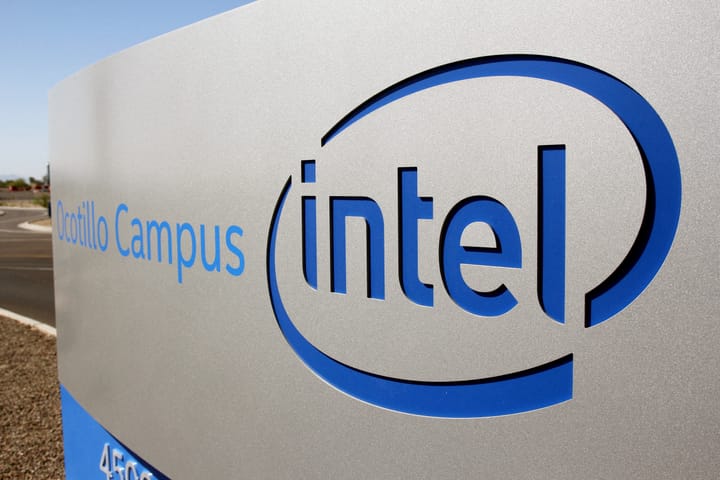The impact of the US Supreme Court’s rulings on the presidential election, explained

A few minutes every morning is all you need.
Stay up to date on the world's Headlines and Human Stories. It's fun, it's factual, it's fluff-free.
With delays in mail delivery and an excess of absentee ballots, Democrats have tried to extend deadlines for counting mail-in ballots, with Republicans challenging these last-minute changes.
The COVID-19 pandemic has led a record number of Americans to cast their votes in the 2020 general election via absentee ballots. With delays in mail delivery and an excess of absentee ballots an ongoing concern, Democrats have tried to extend deadlines for counting mail-in ballots, with Republicans challenging these last-minute changes. Many of these cases have reached the United States Supreme Court, where rulings have varied.
Politicization of mail-in ballots
Since the start of the campaign, the Trump administration has repeatedly claimed that mail-in voting increases voter fraud. In June, the president tweeted that “Mail-In Ballots will lead to a RIGGED ELECTION!” And, in a press conference in September, Trump said that “When the ballots and when the system is rigged – which it is, obviously it is – and the only one that knows that better than me are the Democrats."
Right wing media sources have consistently reported instances of voter fraud, reporting ballot dumping and harvesting. However, most of these reports have been debunked. Attorney General William Barr has even described mail-in ballots as suspect, telling The New York Times Magazine that “We’ve been talking about how, in terms of foreign influence, there are a number of foreign countries that could easily make counterfeit ballots, put names on them, send them in. And it’d be very hard to sort out what’s happening.”
Justin Levitt, law professor at Loyola Law, disputed Barr’s claim, telling FactCheck.org that “Mail-in ballots are printed on special paper, with specific bar coding unique to each election office and special US Mail election insignia.” Levitt added that if foreign entities created a passing counterfeit ballot, scanners would reject them. In addition, most states require signature-checks, matching signatures on file with the ones on the ballots.
Issues with absentee ballots are rare and there has been no evidence to suggest significant cases of voter fraud.
Kate Shaw, law professor at Cardozo Law School, told ABC News that “There is no evidence that widespread or systematic absentee voter fraud is a real phenomenon. There have been scattered instances of both in-person and absentee voter fraud throughout history. But that’s something that both Democratic and Republican campaigns have engaged in.”
Despite claims from Republicans that mail-in voting favors Democrats, a Stanford study shows that mail-in ballots favor neither party. Additionally, the introduction of mail-in ballots moderately increases voter turnout. However, these statistics can drastically change, as mail-in voting numbers have already shattered previous records due to coronavirus fears.
Critics of the Trump campaign’s tactics believe the voter-fraud claims are used to confuse voters to the point that the entire election is questioned.
Myrna Pérez, Director of Brennan Center’s Voting Rights and Elections Program, believes the claims are intentionally confusing because they “discredit an election before it has occurred.”
Supreme Court rulings
Since mail-in votes have been coming in at a record speed, Republicans have been challenging efforts to extend mail-in voting times, claiming changes so close to an election endanger the integrity of the results. The Supreme Court has weighed in on several cases in swing states, ruling both in favor and against these efforts in various states.
In Pennsylvania and North Carolina, the Supreme Court ruled in favor of Democrats, allowing mail-in ballots to be counted up to nine days after Election Day, rather than the typical three-day grace period. Three Republican appointees, Clarence Thomas, Samuel A. Alito Jr. and Neil M. Gorsuch, ruled against the decision. Recent appointee Amy Coney Barrett had not been confirmed in time to weigh in on either case.
However, in a similar case in Wisconsin, the Supreme Court overturned the longer grace period, in a 5-3 ruling along ideological lines.
Explaining why the decision conflicted with prior rulings, Justice Brett Kavanaugh wrote that despite the detailed effort by Wisconsin’s District Court, “it nonetheless contravened this Court’s longstanding precedents by usurping the proper role of the state legislature and rewriting state election laws in the period close to an election.” The conservative justices generally believe that federal courts should defer to the states, which is why the decisions seem to be conflicting.
In her dissent, Justice Elena Kagan wrote, “On the scales of both constitutional justice and electoral accuracy, protecting the right to vote in a health crisis outweighs conforming to a deadline created in safer days.”
Implications for the election
It is no coincidence that these court cases have taken place in swing states. Democrats worry that these rulings can have huge implications on the election, taking away key votes for former Vice President Joe Biden.
Looking back to Wisconsin’s April primary, where the mail-in extension was granted, Kagan added, “Because of the court’s ruling, state officials counted 80,000 ballots—about five percent of the total cast—that were postmarked by Election Day but would have been discarded for arriving a few days later.” In an election as tight as this one, especially in swing states, 5% is a huge number.
In a statement mirroring many Republican talking points, Justice Neil Gorsuch wrote, “Last-minute changes by largely unaccountable bodies … invite confusion, risk altering election outcomes, and in the process threaten voter confidence in the results.”
It is hard to say exactly what impact absentee ballots will have on the election. For now, many political analysts are expecting a chaotic week after Election Day.
Have a tip or story? Get in touch with our reporters at tips@themilsource.com




Comments ()